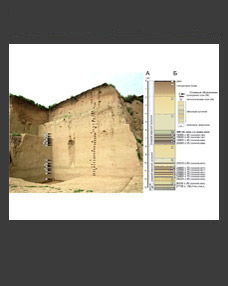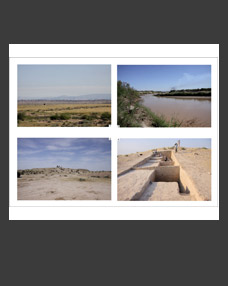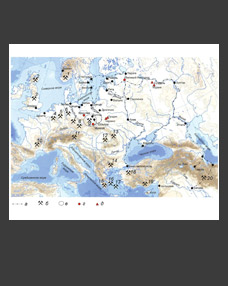Viktor N. Karmanov
Institute of Language, Literature and History, Komi Science Centre of the Ural Branch RAS, Syktyvkar, Russia
E-mail: vkarman@bk.ru
Keywords: the Chalcolithic, northeastern Europe, the Garinskaya culture, bifacial blades, flint knapping.
The paper focuses on the results of studying of the bifacial flint knapping by the bearers of the Garinskaya culture (Chalcolithic, east of the Russian Plain and the Ural region). Based on the analysis of processing traces on the artefacts of certain target forms, the specifics of their production and workshop organization were identified. Bifacial knapping during the Neolithic and Chalcolithic of the Russian Plain has not been studied properly. This can be explained by a number of problems: absence or insufficient number of homogeneous complexes, deficiency of technological contexts, outdated insight into the problem of bifacial treatment, misunderstanding of the nature of archaeological sources and their information potential. Due to lack of knowledge of the phenomenon and absence of provable data the sources of the tradition under study cannot be clearly defined. They are either lost in context of different periods or have not been identified by researchers. Probably, the emergence and evolution of the intensive production of flint arrowheads is connected with prestigious economy and an increase in artefact exchange in the Chalcolithic.
DOI: 10.31857/S0869606323030121, EDN: DBDOKX







